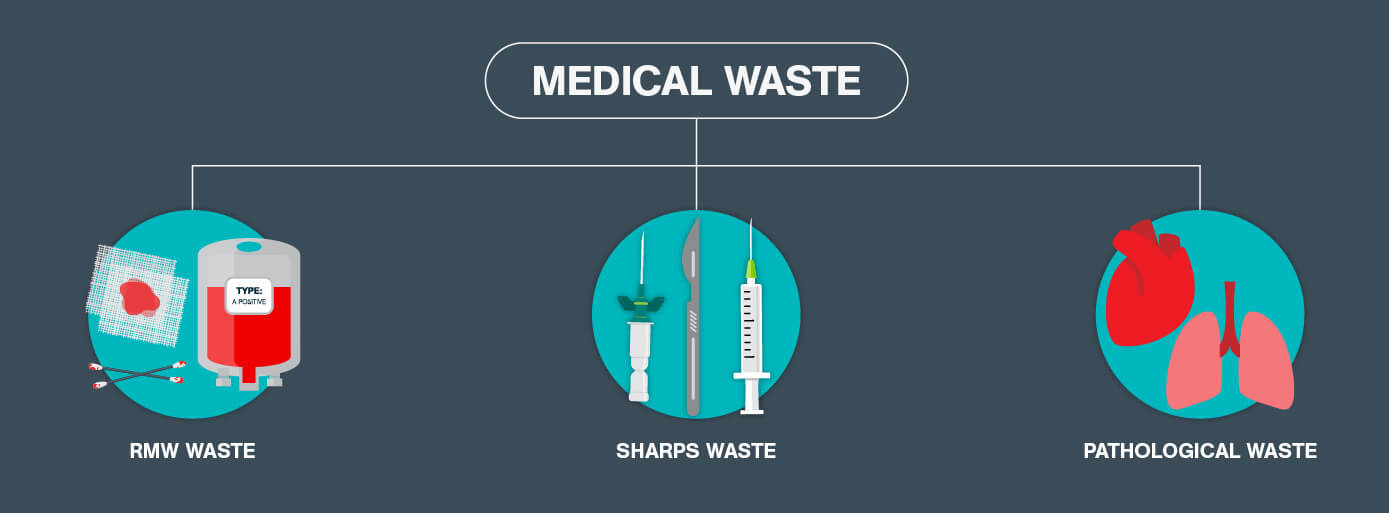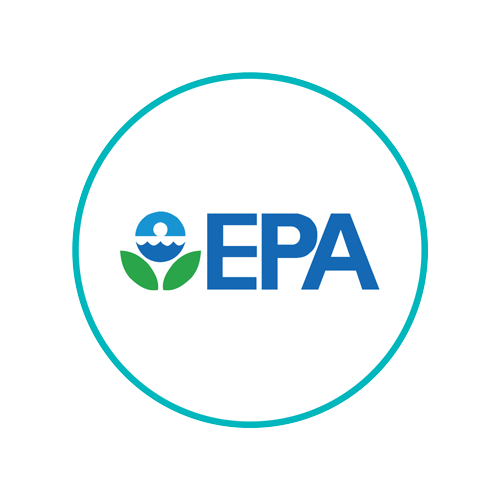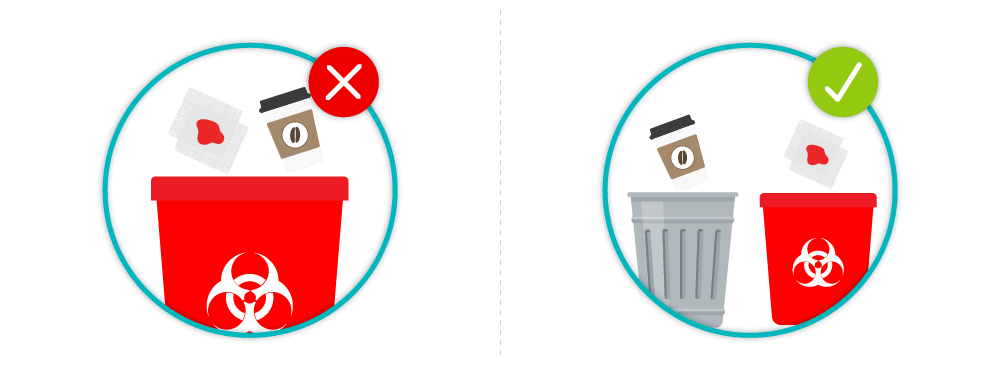Back to Basics: Medical Waste Disposal Best Practices

Not all medical waste is treated the same. That’s because medical waste is an umbrella term for waste that is typically produced by a hospital or physician’s office, a surgical center, or any service that healthcare services, procedures, examinations, or testing that ultimately produces medical waste of some sort.
Rather than thinking of medical waste as one catch-all concept, safe disposal starts with understanding each medical waste stream. Here’s everything you need to know to safely identify and dispose of your medical waste.
Topics we will cover:
1 / Defining medical waste streams
2 / Regulations for medical waste disposal
3 / Safe disposal of medical waste
4 / Turn to Daniels for guidance
Defining Medical Waste Streams
When it comes to defining the various medical waste streams, it’s important to understand that several definitions are often used interchangeably depending on your state. However, at a federal level, there are several definitions to be aware of. At their most basic level, here are some medical waste streams you should know:
- Regulated Medical Waste (RMW) / Biohazardous Waste: RMW is the classification for wastes that are contaminated with blood, body fluids, or other potentially infectious materials, thus posing risk of transmitting infection. Infectious waste is another term that is often used interchangeably.
- Sharps Waste: Sharps waste is a stream of biomedical waste composed of used “sharps” – these include any device or object used to puncture or lacerate the skin.
- Pathological waste: Pathological waste is defined as any human or animal body parts. This can include organs, tissues, surgical specimens and bodily fluids removed during surgery or autopsy that must be properly disposed of in an approved pathological medical waste container.
In addition to medical waste streams, you must also account for Hazardous Medical Waste, otherwise known as RCRA Hazardous Waste. Hazardous medical waste is anything that can cause illness or injury following exposure, such as some types of pharmaceutical waste like a chemotherapy agent. Learn more about RCRA hazardous waste here. As it relates to other medical waste streams, there are several important things to note about RCRA Hazardous Waste.
Most importantly, if even one item of hazardous waste in placed in a “general” or non-hazardous medical waste bag or bin, that entire bag or bin must be labeled and treated as hazardous waste. This not only makes waste disposal more expensive, but failure to properly segregate hazardous waste from other waste streams is one of the reasons why it ends up in area landfills.
Additionally, there are a handful of waste streams, including pharmaceutical waste and chemotherapy waste, that have both hazardous and non-hazardous components depending on the composition of the waste. For more information on how to identify hazardous and non-hazardous pharmaceutical waste, start here. And, turn to our blog on Steps to Ensure Proper Disposal of Chemotherapy Waste for a primer on understanding hazardous and non-hazardous chemo disposal.
Regulations for medical waste disposal
The first step to proper healthcare waste disposal is accurate identification and separation or segregation of waste as close to the originating source as possible.
Regulations for medical waste disposal come from both federal and state governmental agencies. The Environmental Protection Agency (EPA) is a primary source for information regarding all aspects of medical waste management. The EPA is a regulatory “arm” of the federal government that requires adherence to regulations found in the US Code of Federal Regulations Title 40 (CFR Title 40) designed for “Protection of Environment.”
The code is lengthy and detailed, but is broken down into parts. Part 260 defines guidelines and regulations for hazardous waste management, and should be routinely reviewed by all facilities producing medical waste. The document provides clear definitions (§261.3) of hazardous waste.
Other agencies are also involved in medical waste, including the Department of Transportation, the Drug Enforcement Agency, the Occupational Safety and Health Administration, as well as state environmental agencies.
Safe disposal of medical waste

A number of steps can be taken to ensure safe disposal of medical waste. The first step is in identifying and segregating or separating types of waste from one another. Never put a potentially hazardous waste in with non-hazardous waste such as “regular” trash.
- Every container should clearly identify the type of waste inside. For example, biohazard waste (RMW) is typically disposed of in a red container clearly marked with the biohazard symbol. Pharmaceutical waste typically goes into black containers or white containers with blue lids. Refer to state and federal guidelines – or reach out to your Daniels Health representative – for specific instructions regarding waste stream disposal.
- All containers are to be stored in a secure area that is only accessible to authorized personnel. Every container must also be labeled to identify the type of waste contained within prior to transportation. Hazardous waste should be completely separated from non-hazardous waste.
- Pharmaceutical waste is to be kept separate from other types of waste.
- Needles and sharps should always be disposed of in a compliant sharps container. Containers like our Sharpsmart are designed to meet all guidelines for leak-resistance, rigidity, and resistance tearing or bursting. They are puncture-resistant for all types of sharps, including sharps that have been contaminated with residual fluids.
When it comes to safely disposing of medical waste, adequate training is required for all employees who work in a facility that produces such waste, from management down to housekeeping and janitorial services. Safe handling requires knowledge, and so too does compliance.
Daniels Health is more than aware that the guidelines, laws, and regulations of federal and state mandated medical waste regulations are lengthy, often convoluted, perhaps difficult to find, and time-consuming to review. However, they are essential in protecting not only healthcare providers, but patients, their families, the environment, and any wildlife that might come across such waste. It is our mission to support our partners with education, training, and solutions to ensure clear understanding of and compliance with all applicable rules.
Turn to Daniels for guidance
With decades of experience in medical waste management and disposal processes, Daniels Health provides vast resources, educational content, products, and services to help your facility safely and compliantly deal with all medical waste streams. For more information on our services and products, call one of our knowledgeable representatives today.
Let's Talk!
Your time is valuable, and we don’t want to play hard to get. You can either phone us directly on the details listed on our contact page, or feel free to fill out this short form and one of our team members will get back to you as quickly as possible.
